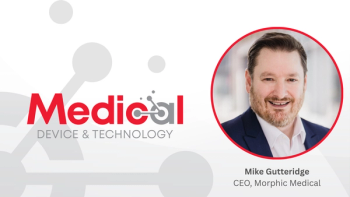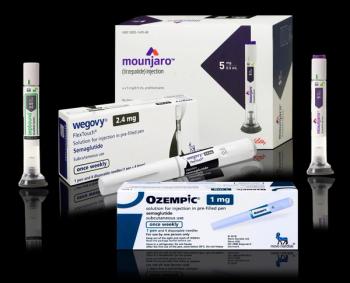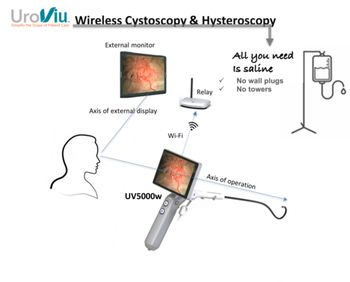
Getting connected through social media
Although physicians have not been early adopters of social media, their numbers online are increasing.
Key Points
Although physicians have not been early adopters of social media, their numbers online are increasing. Much of the hesitation, of course, is concern over the potential for these open communications to inadvertently violate the Health Insurance Portability and Accountability Act (HIPAA) and other privacy laws. But not all social media tools are created equal, and not all are focused on communication among physicians, patients, and the public.
LinkedIn, arguably the most "professionally oriented" of the social media tools, provides a different sort of opportunity for physicians-the opportunity interact in a professional business environment with other physicians and with experts on issues such as marketing and business practices that can aid them in building and operating their practices.
Physicians can join numerous groups of individuals on LinkedIn that share similar needs and interests. For instance, the Healthcare Physician Practice Management Group has more than 2,700 members who network and discuss physician/hospital practice management issues. The Small Medical Practice EMR & PM (Electronic Medical Records and Practice Management) Solutions group has about 700 members representing medical practices with fewer than 10 physicians need EMR or practice management solutions. And Curbside Consult, for physicians only (many groups have restrictions on who can join, making them more valuable to the participants by keeping out spammers and marketers), with about 300 members, helps physicians use social media to improve their support for each other and advance the practice of medicine in new ways.
The upside is the sheer volume of information and potential for networking that LinkedIn groups represent. That's also the downside. With so many groups, it can be challenging for physicians to find those that represent the greatest opportunity to spend minimal time for maximum results.
Before diving into the groups, however, you need to know a few key things about LinkedIn.
FIRST STEPS
The key words in profiles also will help people find you on LinkedIn, Ramsey says. "If you're a general practitioner, familiar practice physician, or internal medicine doctor, put those words in your profile," she suggests. But make sure to use the terminology that those you hope to connect with are likely to use. These words may be different for other physicians than they are for potential patients, for instance.
In terms of connections on LinkedIn, Canfield says that 50 is the magic number. "That's when you start seeing more first-, second-, and third-degree contacts," she says. But she stresses, users should be cautious about building their lists and should only connect with those they know and trust. "You would never give your Rolodex to someone on the street. You shouldn't be doing that online," she cautions.
Newsletter
Stay informed and empowered with Medical Economics enewsletter, delivering expert insights, financial strategies, practice management tips and technology trends — tailored for today’s physicians.



















